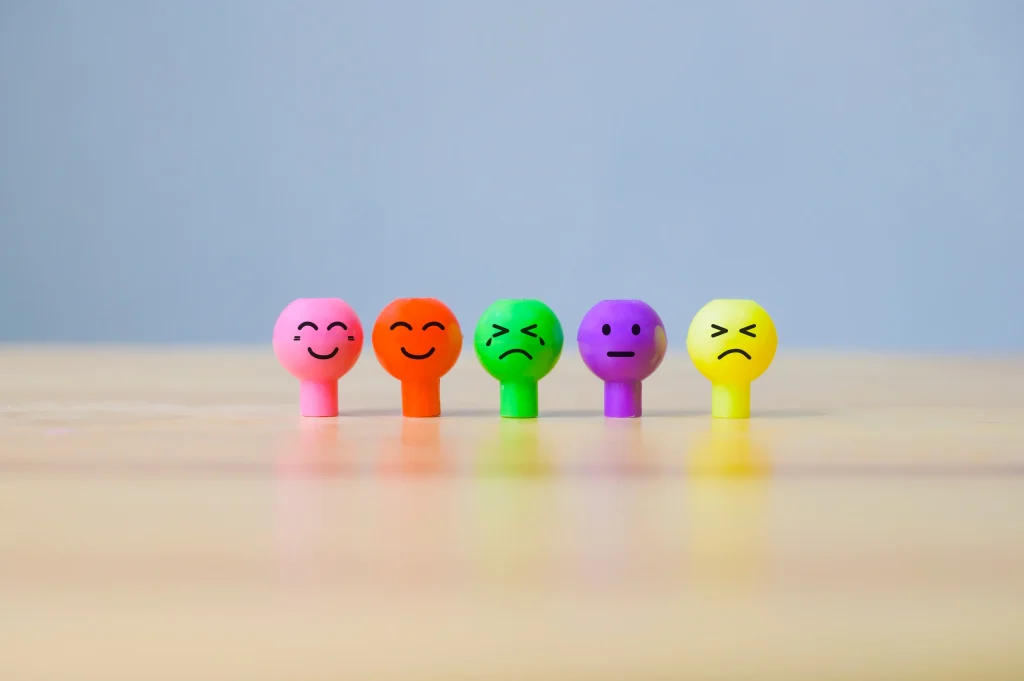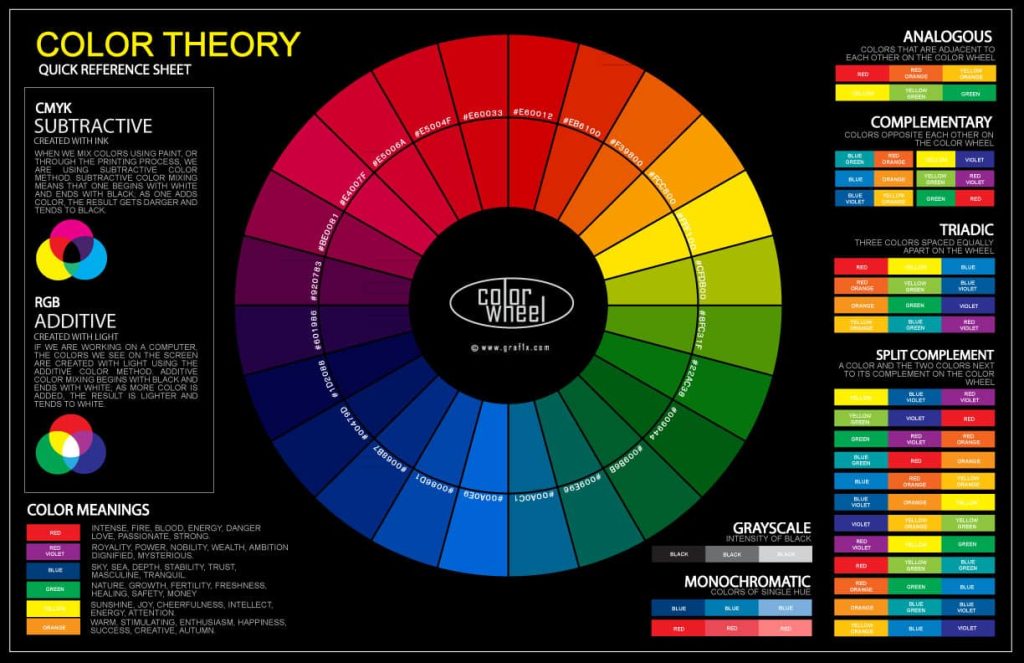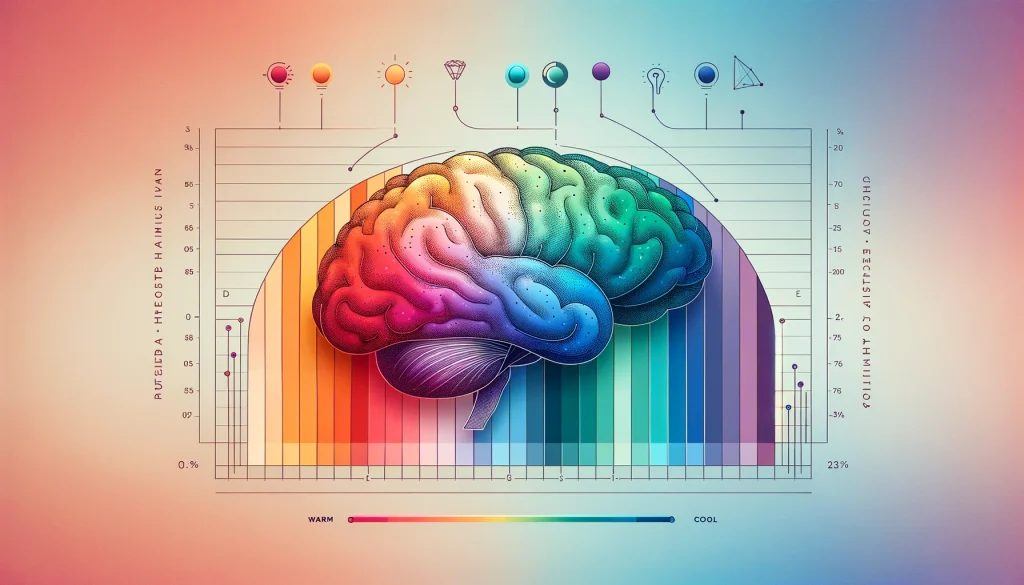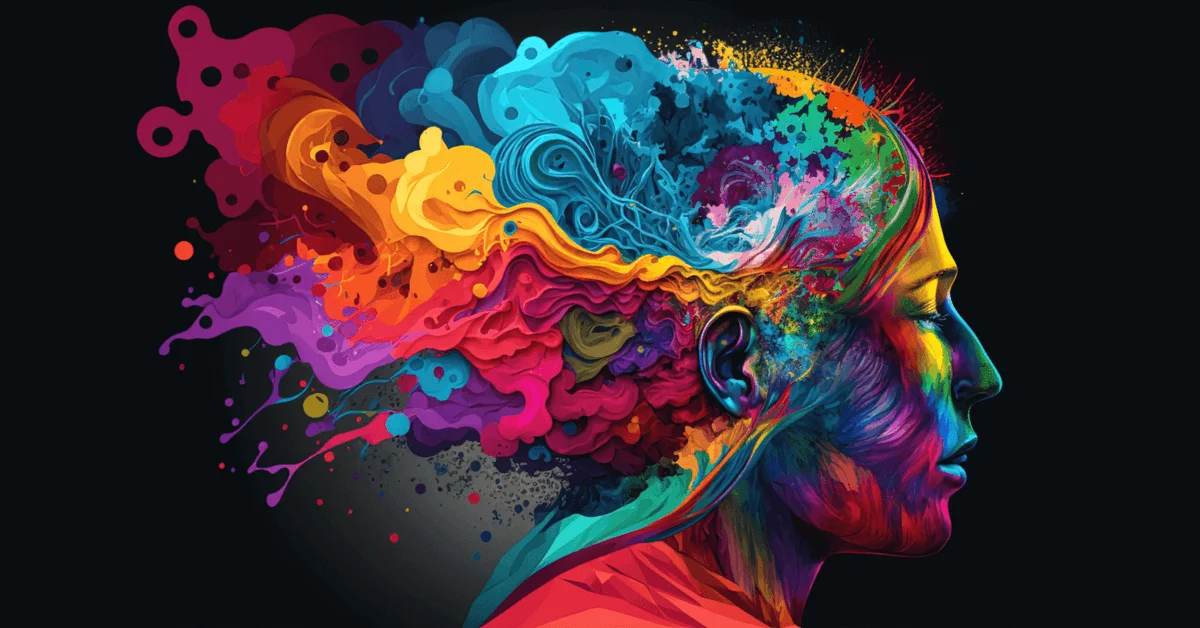Colors are more than just visual stimuli—they are powerful tools that can shape perception, evoke emotions, and influence behavior. In branding and design, the strategic use of color can differentiate a company from its competitors, strengthen brand identity, and even drive consumer decisions. Understanding the psychology of color is essential for marketers, designers, and entrepreneurs seeking to create memorable and effective brands.
The Emotional Impact of Color

Colors have the ability to evoke emotions and trigger psychological responses, often subconsciously. For instance, red is commonly associated with energy, excitement, and urgency. This makes it a popular choice for brands looking to convey passion or prompt immediate action, such as fast-food chains or clearance sales. Conversely, blue is linked to trust, calmness, and reliability, which is why many financial institutions and tech companies favor it in their branding.
Green often represents growth, health, and sustainability, making it ideal for eco-friendly and wellness brands. Yellow, with its bright and cheerful energy, evokes feelings of optimism and creativity, while purple conveys luxury, sophistication, and imagination. Black can signify elegance, power, and exclusivity, whereas white is often associated with simplicity, purity, and cleanliness. Each color carries multiple nuances depending on cultural context and personal experience, but the general emotional associations remain remarkably consistent.
Color and Brand Identity
A brand’s color palette is a central element of its identity. Consistent use of colors across logos, websites, packaging, and advertising helps consumers recognize and remember the brand. Studies suggest that color can increase brand recognition by up to 80%, highlighting its crucial role in visual branding.
Consider iconic brands like Coca-Cola, whose signature red communicates energy and excitement, or Tiffany & Co., whose distinctive robin’s-egg blue conveys sophistication and luxury. These color choices are not accidental; they are carefully selected to align with brand values and target audience perceptions.
Influencing Consumer Behavior

Beyond aesthetics, color can influence consumer behavior in subtle but measurable ways. For example, certain colors can affect purchasing decisions, product perception, and even perceived value. Warm colors like red and orange can create a sense of urgency, prompting quicker purchases, which is why they are often used in call-to-action buttons or clearance sales. Cooler colors like blue and green can instill confidence and encourage longer browsing sessions, making them effective for websites and online services.
Moreover, color can impact how products are perceived. A product in black or gold packaging may appear more luxurious, while pastel colors can make items seem approachable and playful. Understanding these psychological effects allows designers to strategically craft experiences that resonate with their audience and influence decision-making.
Cultural Considerations
While color psychology has general trends, cultural differences can significantly alter interpretations. For example, white represents purity and simplicity in Western cultures, but in some Eastern cultures, it is associated with mourning and funerals. Red is considered lucky in Chinese culture but can signify danger or warning in others. Designers working with global brands must carefully consider these cultural contexts to avoid miscommunication or alienation.
Practical Application in Design

Applying color psychology effectively requires more than choosing aesthetically pleasing shades. Designers must consider contrast, balance, and harmony to create visually appealing and functional designs. High-contrast color combinations can draw attention to key elements, while complementary palettes create a cohesive and professional appearance. Accessibility is also critical; designers should ensure that color choices are inclusive for individuals with visual impairments, using tools like color contrast analyzers.
Conclusion
The psychology of color is a vital component of branding and design, influencing perception, emotion, and behavior. By understanding the emotional associations of colors, aligning them with brand identity, considering cultural contexts, and applying them thoughtfully in design, brands can create compelling and memorable experiences. Color is not merely decorative—it is a powerful communicator that speaks directly to the subconscious, shaping how audiences feel, think, and engage with a brand.
In a competitive marketplace, mastering the psychology of color gives businesses an invaluable edge, turning simple visuals into strategic tools that connect, persuade, and inspire.

